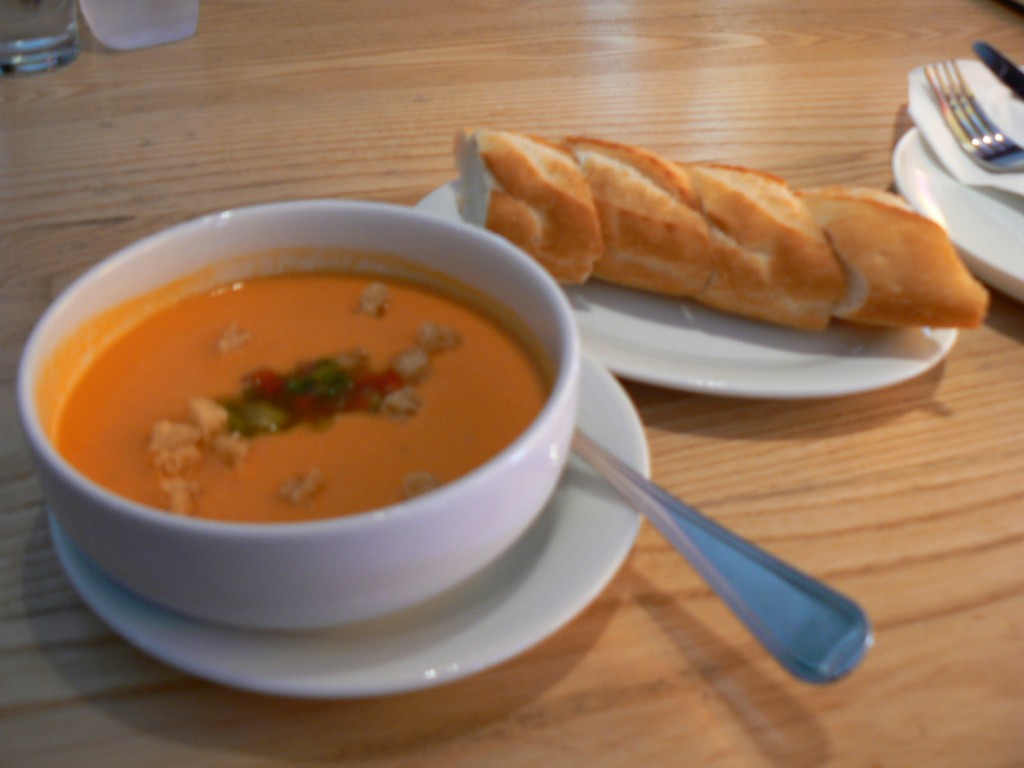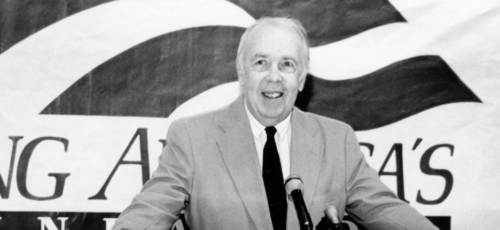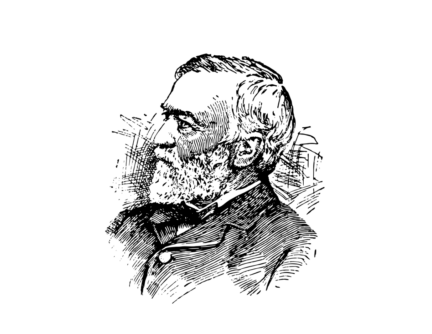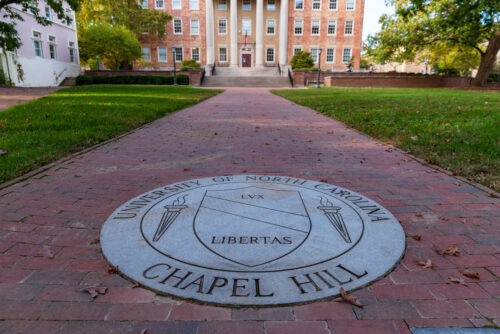Go to the Healthy World Café in York, Pennsylvania, and you’re likely to have a very nice meal with fresh, locally grown vegetables and fruits, served in a pleasant atmosphere. The difference comes when it’s time for the bill—because there isn’t one. You can donate the cost of your meal, donate something over and above the cost of your meal to help fund the restaurant, or volunteer an hour or two to pay for the cost of your lunch.
The Healthy World Café is one of a growing number of “community cafes.” Their functions are described by Melanie D. G. Kaplan in the Washington Post and Jere Downs in the Louisville Courier-Journal. Think of these places as being halfway between a soup kitchen and a restaurant. They’re places where the destitute can get a decent meal and where people who wish to donate their time can do so in a painless and useful manner. And because you are donating to a nonprofit rather than paying a business, there’s no sales tax.
Different elements of the community café have been around for a long time. The Maryland Food Collective, which has been keeping University of Maryland students satiated with sprouts and spinach from the hippie era to our time, has long let people volunteer for their lunches, although I’m not aware that the collective gives away free meals. Sholl’s Cafeteria, which I wrote about last year, long had a policy of supplying free meals to people who couldn’t afford to pay. (Of course, being Christians, the Sholl family didn’t loudly announce their charity; they simply gave away the meals without trumpeting their piety.)
It also would not surprise me to learn that community cafes were a British idea that was transplanted to America. They seem to be more common in Britain than in the US, with over twenty of them in Brighton and surrounding areas.
In her article, Kaplan describes how community cafés were invented in the US by Denise Cerreta, who created the first one in Salt Lake City in 2003. Cerreta subsequently folded her nonprofit and started an organization called the One World Everybody Eats Foundation, which holds conferences and acts as a locus for the community cafes to exchange ideas and network.
Cerreta says in contrast to a soup kitchen, where meals are doled out to the destitute, in a community café, “Everyone eats there, no one needs to know whether you volunteered, underpaid, or overpaid. You can maintain your dignity and eat organic, healthy, local food.”
In her article, Kaplan says that the Healthy World Café started in a church in York before moving to its current location. Local volunteers raised $100,000 from the community, and the people who pitch in come from a wide variety of occupations; she was working with a physical therapist and a graphic designer. One homeless man plays the piano in return for his lunch, and other homeless people keep the neighborhood clean in return for theirs. The meal is simple: butternut squash, red lentil soup (with chapatti bread), roasted radish salad, pickled vegetables.
There are two foundations that have made some investment in community cafes. Panera Bread operates four Panera Cares restaurants, in St. Louis; Dearborn, Michigan; Portland, Oregon; and Boston. They’re located in downtown, and are supposed to resemble their for-profit cousins. And if you want to have the traditional coffee shop experience of noodling around on your laptop, don’t worry, because at Panera Cares, “Free Wi-Fi is part of the experience.”
Rocker Jon Bon Jovi, through his foundation, operates the Jon Bon Jovi Soul Kitchen in Red Bank, New Jersey (with a second branch under construction in Toms River, New Jersey). Here, the website tells us, “The main ingredient is Love and a large helping of you.” But there’s no need to reach for the Zantac; at the Soul Kitchen you get a three-course meal for a $10 donation, and two of the courses have meat!
I could use a little less sanctimony in community cafes, but they fulfill several desirable goals of philanthropy: they are local, they serve a community, they have volunteers doing something productive, and they treat the poor as people, not as “clients” who have to be given “services” by “professionals.” In short, they’re a good idea—and we could use more of them.







Rev. Ben Johnson, in an article in the Acton Institute blog in February 2019, noted that the last of the four Panera Cares shops closed in February 2019, a victim of many people not contributing for their meals and homeless people spending all day in the shop with their collections of smelly stuff.